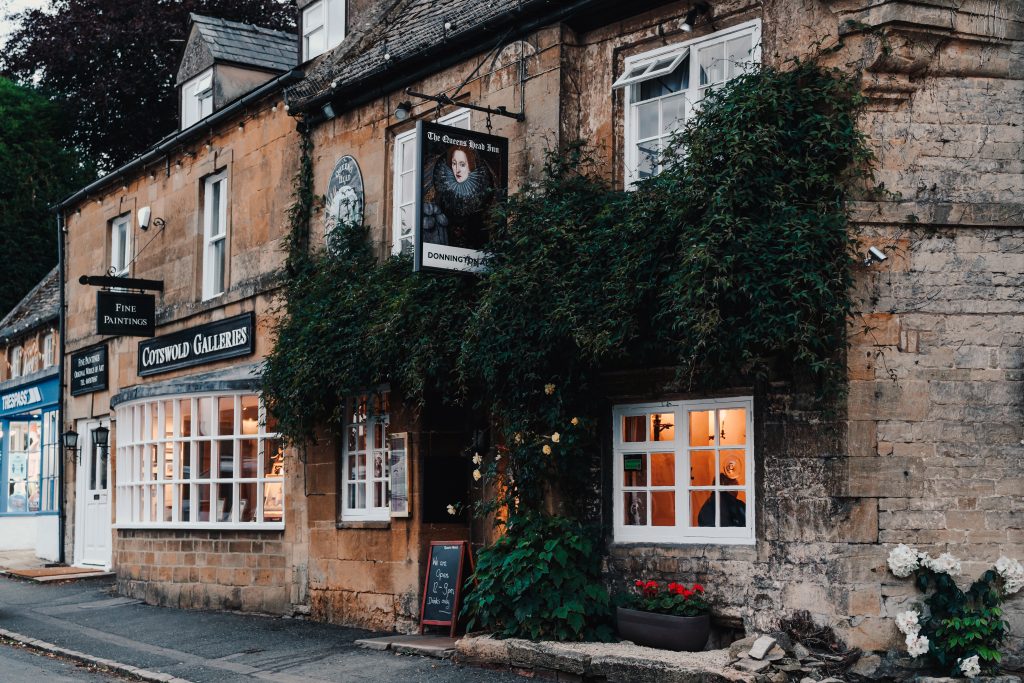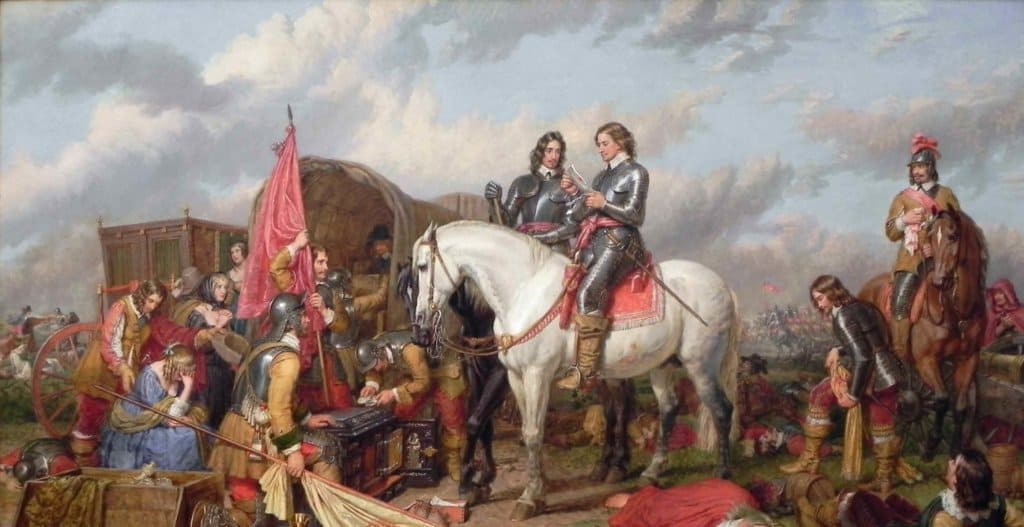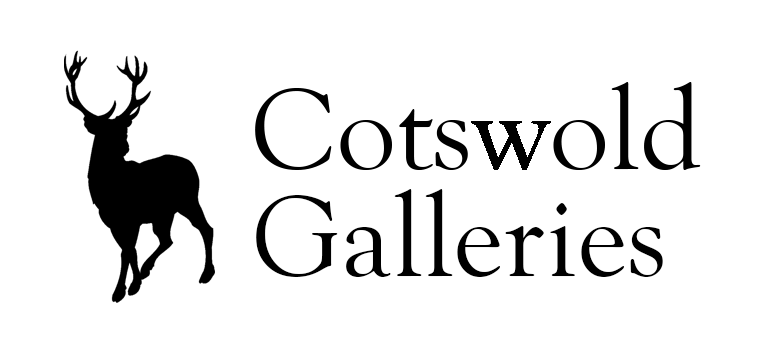
History of Stow-on-the-Wold, Cotswolds, UK
Stow-on-the-Wold, where the wind blows cold. Where horses young and old are sold.
Where farmers come to spend their gold. Where men are fools and women are bold and many a wicked tale is told.
High on the freezing Cotswold.
18th Century, St Edward’s Hall
The highest town in the Cotswolds, Stow sits at a crossroads standing 800 feet above sea level. Stow’s large Market Square, honey coloured buildings and narrow lanes create a unique and relaxing atmosphere.
Stow is located at the junction of six roads, including the famous Roman road – The Fosse Way, making it a natural meeting place for anyone travelling through the Cotswolds.
Within the town visitors will find plenty of shops, cafes, restaurants, pubs and tea rooms. The square is an important part of the town’s history, as it played host to Stow’s famous sheep fairs, where as many as 20,000 sheep changed hands at any one time!

Why is it called Stow-on-the-Wold?
Stow-on-the-Wold was originally known as Edwardstow, after the town’s patron, Saint Edward. When Henry II granted the town a charter in 1107, he changed the name to Stow-on-the-Wold. Stow comes from the Old English word of the same spelling meaning place or locality. Wold comes from the Old English wald meaning forest. The name originally applied to high forest land but the meaning likely shifted to mean “open high ground” as the forested areas were cleared for settlement.

The origins of Stow-on-the-Wold
Like many Cotswold villages, humans have settled in what is now Stow-on-the-Wold since the Bronze Age. Archaeologists have discovered the remnants of Bronze Age fort fortifications on top of a hill northeast of Stow-on-the-Wold known as Stow Camp. The shape, size, and location of the monument suggest it would have continued into what is now Stow-on-the-Wold. Learn more about the Bronze Age Stow Camp from Historic England.
The Romans destroyed Stow Camp when they were building one of the great roman roads, the Fosse Way. Coming from the Latin word fossa, meaning ditch, this highway links Exeter to Lincoln. When you drive into Stow-on-the-Wold, you’ll likely drive on the modern version of this ancient Roman road.
The houses of Stow were built with the mellow Cotswold limestone from local quarries. Some have massive internal oak beams from the days when Gloucestershire was covered in forest. Many of the houses were built in the 16th century and those built later have blended in to become part of the character of this unique town, a place that has evolved over some 500 years.

A history of commerce
In 1107, Henry II granted Stow-on-the-Wold a charter. From that year until around 1900, Stow hosted a market every Thursday in its large Market Square. This 800-year tradition continues, with a monthly farmers market that occurs in the town on the second Thursday of every month.
In 1476, Edward IV gave a charter to the town authorising two fairs, the first on the 12 May, the other on the 24 October. Over 500 years later these dates are still used to fix the two horse fairs held each year. The town’s main source of wealth at that time was wool, and sheep from the surrounding hills and villages were brought to the fairs in the Square where it is said that as many as twenty thousand sheep were sold on a good day. The narrow alleyways called ‘tures’ leading from the Square to the perimeter of the town were constructed for the better control of animals. The Market Cross was erected as a symbolic reminder to the traders of medieval times to deal honestly and fairly.
After the decline of the wool trade, people began to trade horses. Today, this tradition continues around the same dates of the 15th-century Stow Fair in May and October as the Gypsy Horse Fair, held in a large field closer to the village of Maugersbury.

The battle of Stow-on-the-Wold, March 1646
Stow-on-the-Wold was the site of a bloody massacre during the last battle of the English Civil War, the Battle of Stow-on-the-Wold, also known as the battle of Naseby. In March 1646, the last important battle of the Civil War ended in the Square.
A Royalist army under the command of Sir Jacob Astley marched through the region in an attempt to meet up with King Charles in Oxford. Parliamentary forces stopped their advance and forced over 1,000 Royalists to Stow-on-the-Wold where they were slaughtered or imprisoned in St. Edward’s Church. It is said the street leading from the Market Square became Digbeth Street, meaning “Duck’s Bath” because there was so much blood running through the street that ducks could bathe in it.
The Royalists fought a running retreat back through the streets of Stow, where Astley finally sat down on the ancient cross monument in the market square and declared, “You have done your work, boys, and may go play …”

A haven of History
Stow is sure to capture the imagination of anyone with a passion for history. There’s something to be discovered at every turn, from England’s oldest inn on Digbeth Street, to the 15th-century ‘Crooked House’ that stands on the west side of the Market Square.
The Kings Arms is a good example of a coaching inn where the main entrance was through the arch leading to the stables. Records state that Charles I stayed here about the time of the Battle of Naseby in 1645. On Digbeth Street stands the Royalist Hotel, said to be the oldest inn in England. An inn has stood on this site since 947AD. The stocks on the green are the latest in a long line dating back to the 15th century. Not to be missed is the side door to St. Edward’s Church, framed by ancient Yew trees, it is a medieval marvel for Tolkien enthusiasts, historians and explorers.
Much has changed in Stow over the years, but despite the motor car replacing the sheep, a visitor from 500 years ago would recognise many of the features in the Town today.

